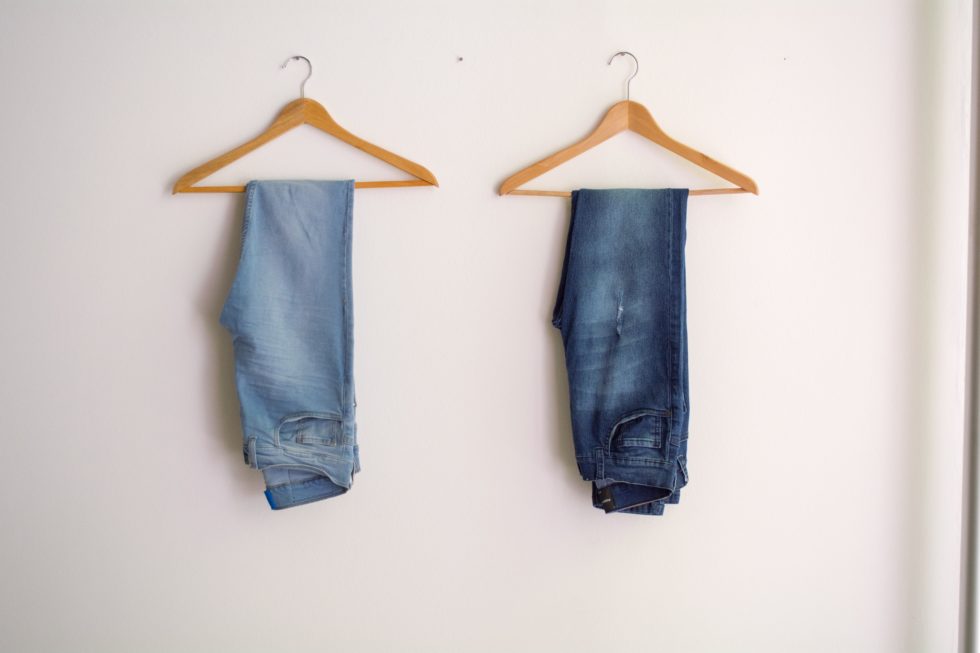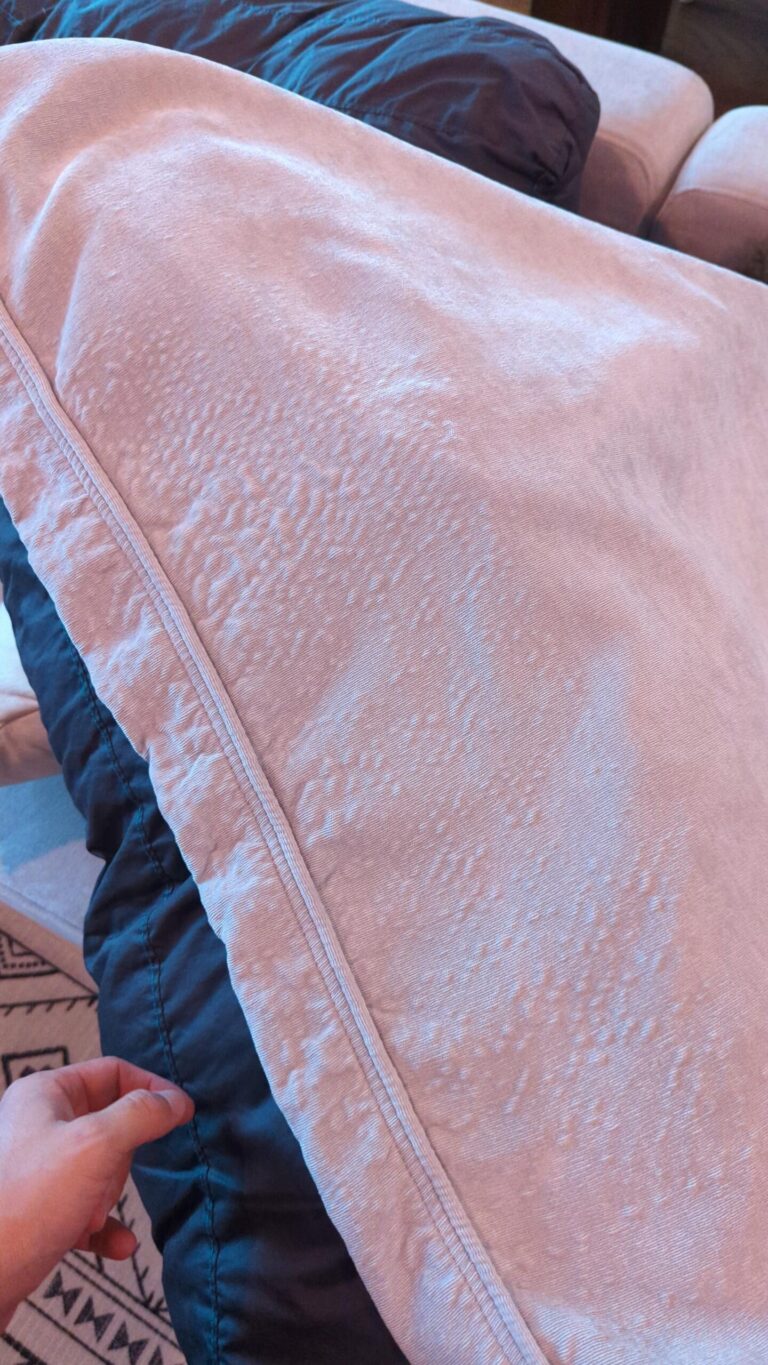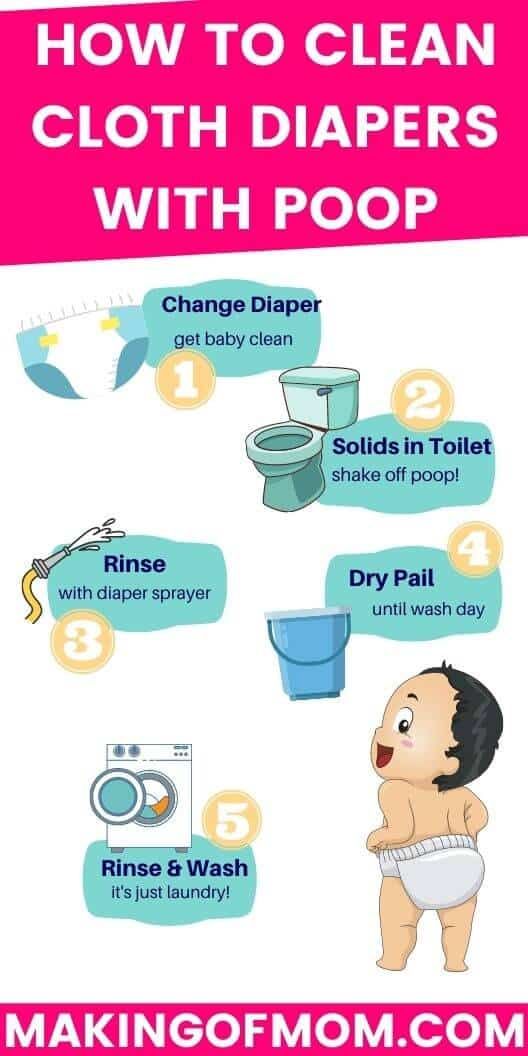What Happens If You Wash Dry Clean Only: Risks Unveiled
Washing ‘Dry Clean Only’ items can lead to shrinkage, color bleeding, and damage to the fabric. The care label serves as a crucial guide for maintaining the garment’s integrity and appearance.
In today’s fast-paced world, understanding the care instructions for your clothing is more important than ever. With a growing emphasis on sustainability and extending the life of our garments, it’s essential to follow these guidelines closely. Ignoring the ‘Dry Clean Only’ tag can result in irreversible harm to your favorite pieces, from suits and silk blouses to wool sweaters and delicate dresses.
This knowledge not only saves you the distress of ruining valued clothing but also promotes a more sustainable approach to fashion. By adhering to care labels, we ensure our wardrobe staples maintain their quality and longevity, allowing us to enjoy them for many years to come.
The Significance Of Dry Clean Only Labels
Dry Clean Only labels play a crucial role in garment care. They signal special handling to maintain a garment’s look and lifespan. Ignoring these labels can lead to unfortunate results. Understanding the meaning behind these tags helps keep clothes in top condition.
Fabric Integrity And Care Instructions
Garments with Dry Clean Only tags often feature delicate fabrics. These materials might shrink, warp, or even tear if washed with water. Following care instructions is essential to preserve the fabric’s integrity.
- Silk may lose its sheen.
- Wool can shrink and become misshapen.
- Linen could become irreversibly creased.
Always check the label before cleaning. This small step can prevent irreversible damage to your clothing.
The Science Behind Dry Cleaning
Dry cleaning uses chemicals to remove soil and stains from fabrics. Unlike washing with water, it doesn’t penetrate fiber structure. This method protects sensitive materials.
| Chemical | Function |
|---|---|
| Perchloroethylene | Dissolves grease and oils |
| Hydrocarbons | Less aggressive cleaning |
Dry cleaning machines also control agitation. This prevents damage during cleaning. Trust your garments to professionals who understand the science.
Common Misconceptions About Dry Cleaning
Dry cleaning is a process often misunderstood. People believe some fabrics must avoid water at all costs. This is not always true. Dry cleaning does use special chemicals. These chemicals clean clothes without water. Some items labeled as ‘dry clean only’ might survive a gentle wash. But caution is key. Always follow the care label to avoid damage.
Myths Debunked
Dry cleaning is not always the only option for delicate fabrics. Hand washing with mild detergent can sometimes work. It is crucial to understand the fabric type and the risks involved. Always test a small, hidden area first.
- Wool can shrink if washed in water that’s too hot.
- Silk may lose its sheen with incorrect washing.
- Linen can become misshapen if not handled carefully.
Perceived Convenience Of Home Washing
Many choose to wash at home to save time and money. The risk of ruining a garment is high. The cost of replacing a damaged item can be greater than dry cleaning. Professional cleaning ensures fabrics maintain their condition. It also extends their lifespan.
| Fabric Type | Home Wash Risk | Dry Clean Benefit |
|---|---|---|
| Wool | High – Shrinkage | Preserves fit and texture |
| Silk | Medium – Color loss | Keeps color and luster |
| Linen | Medium – Wrinkling | Ensures smooth finish |
Risks Of Ignoring Dry Clean Only Warnings
Clothes say “Dry Clean Only” for a reason. Ignoring this can ruin them.
Material Damage And Shrinkage
Washing can harm fabrics. It may cause damage or shrinkage.
- Wool might shrink, losing its shape.
- Silk could become less smooth and shiny.
- Fabrics like linen may wrinkle excessively.
Color Fading And Bleeding
Colors can fade or bleed in the wash. This ruins the look.
- Dark colors may bleed, staining other clothes.
- Light colors could pick up these stains, getting ruined.
- Fabrics may lose their vibrant colors, looking old.
| Issue | Effect |
|---|---|
| Material Damage | Fabrics weaken, lose shape |
| Shrinkage | Clothes may no longer fit |
| Color Fading | Loss of vibrancy |
| Color Bleeding | Stains on other clothes |
Always follow the care label to keep clothes nice.

Credit: zoomexpresslaundry.com
The Chemicals In Question: Solvents Vs. Water
The Chemicals in Question: Solvents vs. Water dives into the key differences between dry cleaning solvents and regular water. Understanding these can save your delicate fabrics from damage.
Properties Of Dry Cleaning Solvents
Dry cleaning uses special chemicals, not water. These chemicals, called solvents, are gentle on fabrics. They remove dirt without harming the material. Solvents do not cause shrinking or color bleeding.
- Perchloroethylene: A common, powerful solvent.
- Hydrocarbon: Less aggressive, good for sensitive fabrics.
- Liquid CO2: Eco-friendly and gentle.
The Impact Of Water On Delicate Fabrics
Water can harm certain fabrics. It breaks down fibers, causing shrinking or stretching. Colors may bleed or fade. Delicate items like silk, wool, and velvet need special care. They should not touch water.
| Fabric Type | Impact of Water |
|---|---|
| Silk | Loss of shine, shape |
| Wool | Shrinking, felting |
| Velvet | Crushing, loss of texture |
Real Stories: When Washing Goes Wrong
Many of us have faced the dilemma of what to do with ‘dry clean only’ items. Sometimes, the temptation to save time and money by washing these items at home can lead to disastrous results. In this section, we dive into real stories of when washing ‘dry clean only’ garments went terribly wrong.
Personal Experiences
Countless individuals have learned the hard way that some fabrics simply do not take kindly to water. We collected tales from those who dared to defy the ‘dry clean only’ label.
- Shrunken sweaters: One story involves a cashmere sweater shrinking to a child’s size after a warm wash.
- Color bleed disaster: A silk blouse lost its vibrant color, ruining other clothes in the same wash.
- Stiffened fabric: A wool suit became stiff and lost its tailored fit.
Costly Mistakes And Lessons Learned
These washing mishaps have not only ruined garments but also burned holes in wallets. Repairs and replacements can be expensive.
| Item | Washing Result | Cost of Mistake |
|---|---|---|
| Lace Dress | Irreparable tears | $200+ |
| Leather Jacket | Warped and cracked | $300+ |
| Wool Coat | Felted and shrunk | $150+ |
These stories serve as cautionary tales. They teach us to respect the care labels on our clothing. The cost of ignoring these labels can be much higher than the price of professional dry cleaning.

Credit: thesecretyumiverse.wonderhowto.com
Alternative Solutions For Dry Clean Only Garments
Sometimes, taking clothes to the dry cleaner is not an option. Fear not! Home-based solutions exist. These methods can save time and money. Always check labels first. Proceed with caution to avoid damage.
Diy Dry Cleaning Kits
Home dry cleaning kits have gained popularity. They offer a convenient, cost-effective way to care for delicate items. These kits typically include a stain remover, a cleaning bag, and moist cleaning cloths. The process mimics professional dry cleaning. Users treat stains, place garments into the bag, add a cleaning cloth, and tumble in the dryer.
- Check kit compatibility with your garment’s fabric.
- Follow instructions carefully to prevent mishaps.
- Use kits for light cleaning and freshening up clothes.
Gentle Hand Washing Techniques
Hand washing can be a safe alternative for some ‘dry clean only’ items. Use cold water and a gentle detergent. The key is to avoid agitation. Agitation can cause shrinkage or distortion.
- Fill a basin with cold water and add a small amount of detergent.
- Submerge the garment and gently swish it around.
- Rinse thoroughly under cold water until all soap is gone.
- Press out water; don’t wring. Lay flat on a towel to dry.
Remember: test a small area first. This ensures colorfastness and fabric integrity. Some garments may still require professional care.
Professional Advice On Garment Care
Professional Advice on Garment Care is key to keeping your clothes looking their best. Sometimes, labels read ‘Dry Clean Only’ which can seem limiting. This guide helps you understand the reasons behind this label. It also offers expert tips to care for these delicate items.
Tips From Dry Cleaning Experts
- Read labels carefully before washing any garment.
- Test for colorfastness on a hidden area with a damp cloth.
- Hand wash if you must, with cold water and mild detergent.
- Avoid the dryer. Lay flat or hang to dry instead.
Maintenance Between Dry Cleaning Visits
Take care of ‘Dry Clean Only’ items between visits to the professionals. This keeps them fresh and extends their life.
| Action | Benefit |
|---|---|
| Spot clean when necessary | Prevents stains from setting |
| Use a steamer to remove wrinkles | Keeps fabric smooth without washing |
| Brush with a soft brush for wool items | Removes surface soil and lint |
| Air out after wearing | Refreshes fabric naturally |
Consequences For The Environment And Your Wallet
Ignoring ‘Dry Clean Only’ tags can harm both the environment and your wallet. Let’s explore the consequences of disregarding these labels.
Environmental Impact Of Dry Cleaning
Dry cleaning uses chemicals like perchloroethylene (perc). Perc is toxic. It pollutes air and water.
- Chemical Runoff: Improper disposal leads to water contamination.
- Air Pollution: Volatile compounds affect air quality.
- Soil Contamination: Chemicals can seep into the ground.
Washing at home avoids these chemicals. You protect the environment.
Long-term Cost Savings Of Proper Care
Proper garment care saves money over time. Consider these points:
| Proper Care | Benefits |
|---|---|
| Following Labels | Extends clothing life. |
| Avoiding Damage | Prevents repurchasing costs. |
| Professional Dry Cleaning | Ensures fabric integrity. |
Investing in proper care means fewer replacements. This approach is kind to both your budget and your clothes.

Credit: fcdrycleaners.com
Frequently Asked Questions
Can Washing Damage Dry Clean Only Clothes?
Washing dry clean only garments can cause damage such as shrinking, color bleeding, or a change in texture. It’s best to follow the care label instructions to avoid ruining the fabric.
What Happens To Wool If Washed Instead Of Dry Cleaned?
Wool garments may shrink, lose shape, or become less soft if washed with water. Dry cleaning is recommended to maintain the quality and longevity of wool items.
Are There Safe Methods To Clean Dry Clean Only At Home?
Some safe home methods include spot cleaning with a mild detergent or using a home dry cleaning kit. However, these methods may not be as effective as professional dry cleaning.
How Does Water Affect Silk Labeled As Dry Clean Only?
Water can leave watermarks on silk and may cause it to lose its lustrous appearance. Dry cleaning silk helps to preserve its texture and sheen.
Conclusion
Washing ‘dry clean only’ garments can be risky. It might lead to damage or shrinkage, diminishing the item’s life. Always weigh the potential risks against professional cleaning costs. Remember, preserving your clothing’s quality often justifies the investment in dry cleaning.
Choose wisely to keep your wardrobe in top-notch condition.





